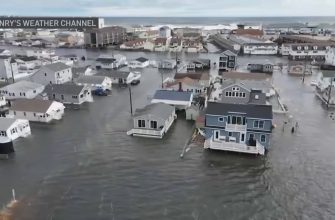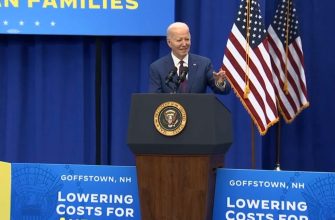PROVIDENCE — Public schools in Rhode Island may end up leaving about $200 million in federal money on the table if they don’t start spending faster.
A new report from the Annenberg Institute for School Reform at Brown University released Wednesday found that Rhode Island local education agencies spent only about a third of Elementary and Secondary School Emergency Relief (ESSER) funds from the federal government.
The ESSER program is a federal program that distributed almost $190 billion nationwide in three rounds to state and territorial education departments from March 2020 through March 2021. The money was meant to help schools cope with educational loss and infrastructure resulting from the COVID-19 crisis.
Rhode Island received $650 million. Much of the money has already been allocated to school districts, but the Annenberg report estimated that only about $403 million, about 62%, will have been spent by the deadline set for Sept. 30, 2024, the end of the federal 2024 fiscal year. Any unspent money must go back to the federal government.
Rhode Island’s spending is second-to-last in the nation, behind only Wisconsin, and on par with Vermont.
Schools have flexibility on what they can spend the money on. Federal law says the funds may be spent to prevent, prepare for, and respond to COVID-19. In addition, 20% of the funds must be used to address learning loss through evidence-based interventions, including: the purchase of furniture, hiring additional personnel, investment in education technology and more.
“ESSER funding offers the opportunity to substantially shift the landscape of student services, particularly for the students in the greatest need following several years of disruption,” Nate Schwartz, the director of applied research at Annenberg and report author, said in a release.
“With less than two years to meet spending deadlines and more than two-thirds of budgeted personnel money still unspent, districts will need to find new ways to ensure that these funds lead to the expansion of the kinds of personalized academic and social-emotional support that feel so crucial to the years ahead.”
Once distributed to state education departments, the money is allocated to school districts and charter schools to spend at their discretion. According to data from the Rhode Island Department of Education (RIDE), slightly more than $593 million had been allocated — though not necessarily spent — as of Thursday.
The Providence Public School District, run by the state since 2019, received the most ESSER funding with over $202 million or about $11,000 per pupil. The district has only spent 37% of that money, according to RIDE data.
Statewide, the ESSER funding adds an extra $700 to the average of $19,000 spent per pupil each year.
“It is paramount they wield federal funds with strategic intent, ensuring each dollar is carefully allocated to maximize impact, while also mindfully spending down other time-sensitive funding sources, such as state and federal grants, and considering sustainability in investments once the spending deadline passes and the ‘fiscal cliff’ arrives,” RIDE spokeswoman Ashley Cullinane said in an email statement reacting to the report.
While broadly agreeing with the report’s findings, officers from the Rhode Island School Superintendents Association said there’s still time to make sure the money is spent well.
“We knew that the districts would be very thoughtful and careful frankly on using this money for staffing,” said Tom DiPaola, the organization’s executive director. “That’s largely because in the past when there’s been an infusion of federal or state money, you have to plan for what happens when that well dries up.
Added DiPaola: “A lot of that money will be spent by the time that money sunsets.”
Expenditure patterns
Personnel spending took up the largest chunk of spending, accounting for 42% of funds allocated, according to the report. Of that, 20% was spent on substitute teachers and contract personnel meant to shore up short-term shortages.
Yet, that did not translate into any real change in personnel. Among teachers, there was a 1% drop statewide from the average count of 10,462 teachers in the 2018 to 2019 school year and 10,385 in the 2020 to 2021 school year.
“According to district leaders, these patterns were driven both by contextual features of the Rhode Island educational landscape across the last several years and by strategic considerations,” the report states. “Leaders unanimously characterized the labor markets for teachers and psychologists/counselors as exceptionally thin.”
We knew that the districts would be very thoughtful and careful frankly on using this money for staffing. That’s largely because in the past when there’s been an infusion of federal or state money, you have to plan for what happens when that well dries up.
– Rhode Island School Superintendents Association Executive Director Tom DiPaola
While investment in new staff has been minor, the report said those hired could bolster key areas of the future of education.
“PPSD, for example, focused on adding school administrative personnel, instructional coaches, and staff to support student well-being and community engagement,” the report states, adding that the district hired 11 new assistant principals, mostly in elementary schools.
Despite the looming deadline, the report’s authors said they do not expect to see much of a change in spending patterns. They said it is unlikely that districts would embark on a large hiring push between now and the fall of 2024.
“Options for spending the remaining $175 million dollars currently budgeted toward personnel are likely to be increasingly limited, and we expect that future spending will skew even farther in the direction of covering existing salaries for ongoing personnel.”
GET THE MORNING HEADLINES DELIVERED TO YOUR INBOX








